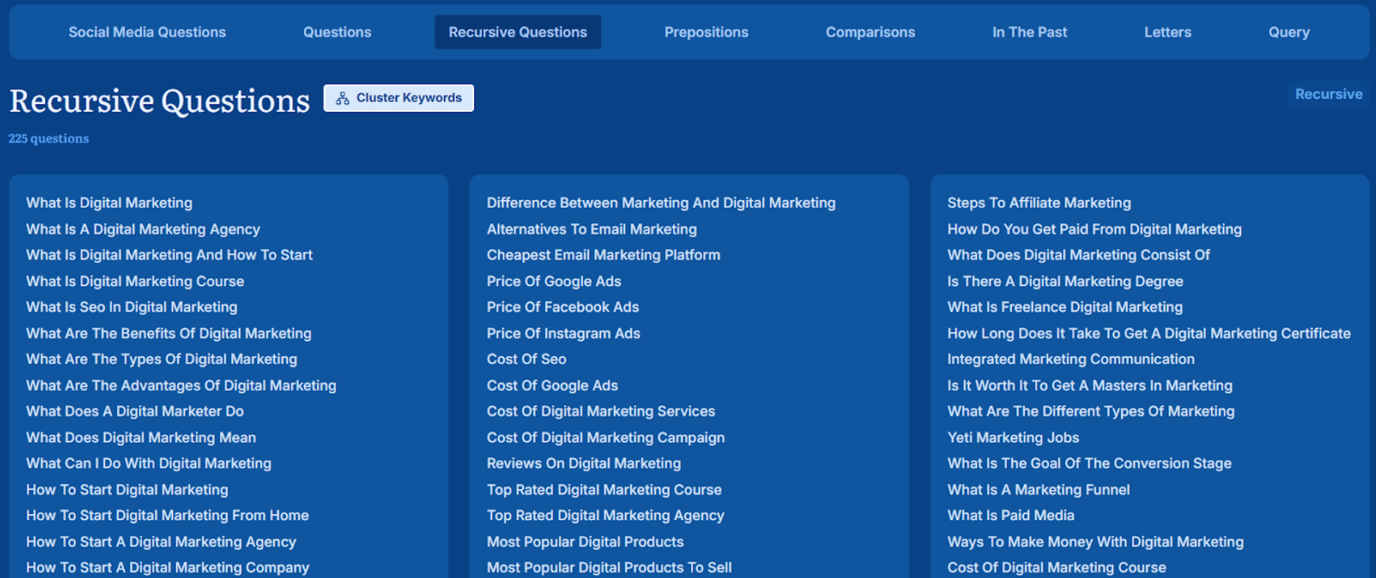Why web sustainability is important for websites
Sustainability is important for websites because currently, the internet consumes more electricity per year than the whole of the United Kingdom. Not many people realise the carbon emissions associated with the internet. To be honest, you can’t really blame them. When you think about damage to the environment, the last thing you’d think of is a virtual service.
But the data we fire back and forth all day, every day, needs to be stored and processed somewhere. The supercomputers that allow us to use the internet and access our personal and business data online use vast amounts of power. As do the giant cooling systems that keep them from overheating.
When you factor in the unseen impact that the internet has on the environment, it becomes clear why digital sustainability should be taken seriously. People need to understand that virtual platforms have a carbon footprint. As it happens, many of the processes that make a website more sustainable will also contribute to increased performance. This is yet another reason to shout about sustainable websites!
What is a ranking factor?
Ranking factors are used by search engines to decide the order that web pages will appear on search results pages. There are many ranking factors that contribute to the decision as to where a page should appear in the search results. Here are some of the most important ones:
- Relevant content
- Page speed
- Links
You can see why Google would use these as benchmarks of whether a website should rank above another website. Google doesn’t want to direct users to websites that aren’t relevant or don’t load quickly. If they do, then users will probably just return to Google to keep looking.
Google wants a user to find the answer they are looking for so these are the main ones that will do that. However, there are other ranking factors that Google has introduced into its algorithm that go beyond simply the content and how the page loads.
Positive ranking factors
We’re going to call these positive ranking factors. They are essentially other features that Google takes into account for a number of reasons. For example, security. Not only does Google want a user to get to the content they are looking for, but they want to make sure it is safe.
Below are a few examples of these positive ranking factors that explain what they are and why Google might have introduced them.
SSL Certificates
When you visit a website for the first time, one of the first things we may or may not look for is the little lock symbol to the left of the URL. This lets you know that the website you’re visiting is secure and data processed over the site is encrypted. SSL certificates are now considered standard practice, but you might be surprised to learn that this wasn’t always the case.
Website security wasn’t taken as seriously until Google made it a ranking factor in 2014. This led to a scramble as website owners and managers raced to secure their websites and obtain SSL certificates. The result is that now, most websites have a secure encrypted connection to the browser. Users trust that their personal information will be kept in a secure and private location.
While previously Google would be more subtle around sites with no SSL, if you now try to visit a website without one on Chrome you might even get a warning appear to tell you that this isn’t a trusted site. What began as a nudge turned into a push and now everyone benefits from this change.
Responsive for mobiles
Over the last decade, smartphones have become an integral part of everyday life. Now, almost everyone has a smartphone that provides us with many different functions and easy access to the internet. However, using smartphones to browse websites isn’t always as easy as it should be.
Now that over 50% of all searches are performed on mobile devices, Google has recently made how mobile-friendly a website is a ranking factor. Common ways of improving mobile performance are:
- Removing large images or using modern image formats
- Compressing and reducing size of scripts and styles
- Prioritising above the fold content
- Ensuring the website contains the same content on mobile as on desktop
This has helped users to enjoy the experience of using websites on their mobile devices, whilst simultaneously encouraging website owners to improve the performance of their websites.
Why we think sustainability should be a ranking factor
Given efforts by Google to use ranking factors as a way to get users to the content they are looking for, we have an idea for a new one. Sustainability.
We think sustainability should be a ranking factor because ranking factors encourage change. If sustainability was included as a ranking factor, website owners and managers would be more likely to make their websites eco-friendly. Furthermore, as users begin to understand the environmental impact of their actions, whether physical or virtual, they may actually seek to use websites that have more of a focus on how sustainable they are.
If this were to be a ranking factor, then there would be an economic as well as a societal reason for companies to ensure that their online presence is more environmentally friendly. This would likely mean the carbon emissions that come from websites would be drastically reduced. Furthermore, the overall standard of website performance would improve. Environmentally friendly websites tend to load faster because they are more streamlined and have been stripped of unnecessary plugins and large images. Page loading speed and mobile-friendliness are already important ranking factors for Google, so this would align with their existing priorities.
Google is already leading the way in online sustainability
In addition to nudging businesses into changing their websites to focus on benefits for users, sustainability is something that Google has prioritised for years. They became carbon neutral in 2007 and have set a goal of being carbon-free by 2030. Google has said they are working with governments, utilities and policymakers to drive system-level change. Setting sustainability as a ranking factor would be a clear way to really push that change.
In light of the climate change problem we all face, every step should be taken to reduce carbon emissions and that is something Google obviously believes in. With more people using the internet than ever before, the internet is becoming increasingly damaging to the environment. Making sustainability a ranking factor is a win-win situation for the environment, Google and internet users.
How is your website impacting the planet?

Get in touch with us today to find out more about web sustainability. We can take a look at your website or perform a site audit to identify specific areas to make improvements.
Parts of web sustainability overlap with SEO. This means that some website sustainability changes will improve the general performance of your website on search engine results pages. There’s plenty to gain by making your website more sustainable. Why not get ahead of the competition and reduce your company’s carbon footprint in the process?





